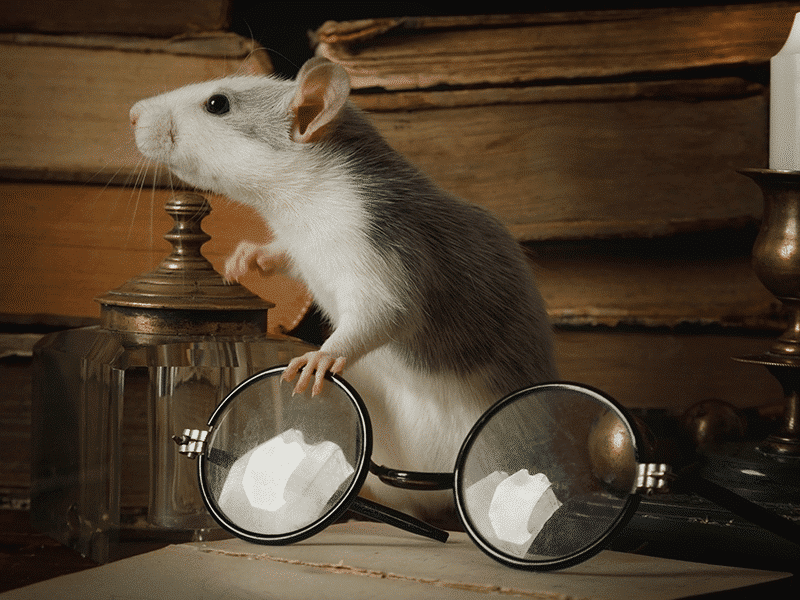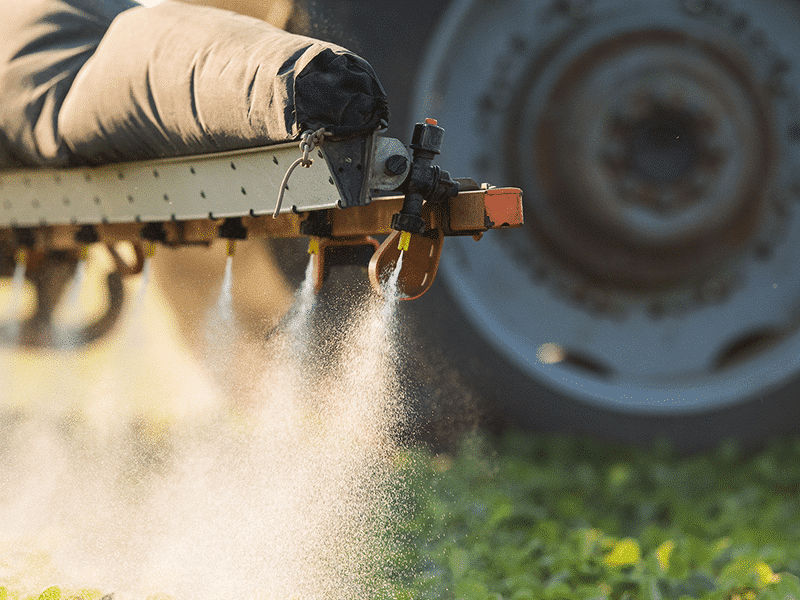Medical and recreational cannabis users alike want — and deserve — to know that what they consume is safe. One would hope that a legal market, in imposing regulatory standards, ensures purity from pesticides, solvents, molds, and metals. But are the safety limits themselves well determined?
There are 45 pesticides permitted on legal, California-grown cannabis. Each pesticide’s safety threshold is studied independently, but they are often combined for use on crops. What happens in terms of safety when you mix two or three pesticides, each at their maximum allowable limit?
This question is always pertinent with respect to pesticide residue, but even more so when working with synergists — chemicals that power up another pesticide’s potency. Consider, for example, piperonyl butoxide (PBO), a common synergist that slows pesticide breakdown. If PBO prevents an insect or human from metabolizing certain toxins, wouldn’t that change their safety limits?
In California, PBO is allowed for use on cannabis at higher levels than many pesticides because, strictly speaking, it is not toxic in and of itself. But PBO does more than just interact with other pesticides — it may also interfere with cannabinoid signaling. As early as 1972, researchers administered THC to mice in conjunction with PBO; high levels of the synergist were found to alter the metabolism of THC.
It turns out that pesticide synergists don’t only mess with cannabinoid metabolism. According to investigators at Simon Fraser University in British Columbia, piperonyl butoxide appears to bind directly to the CB1 cannabinoid receptor and block its activity (see here and here).
Adrian Devitt-Lee is a research scientist and longtime Project CBD contributor. © Copyright, Project CBD. May not be reprinted without permission.
Recommended Readings
CB1 & Learning
If THC makes people forgetful, one might expect that blocking the CB1 receptor will promote focus. It doesn’t.
CB1 & Mammalian Memory
How do cannabinoids affect memory and learning? It seems simple, but the kind of memory, species, age and sex all affect the answer.
CB1 Protects Against Pesticide Toxicity
A recent study explains why cannabinoids may be protective for humans.










